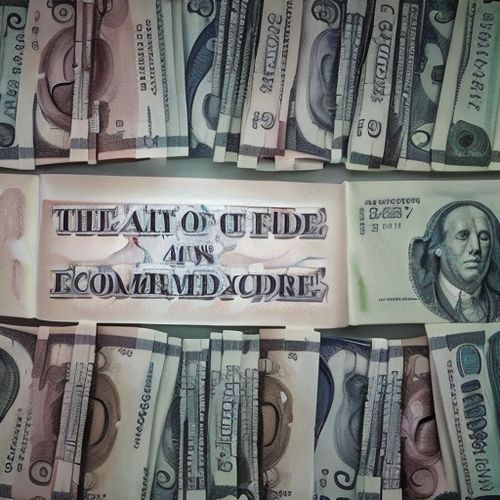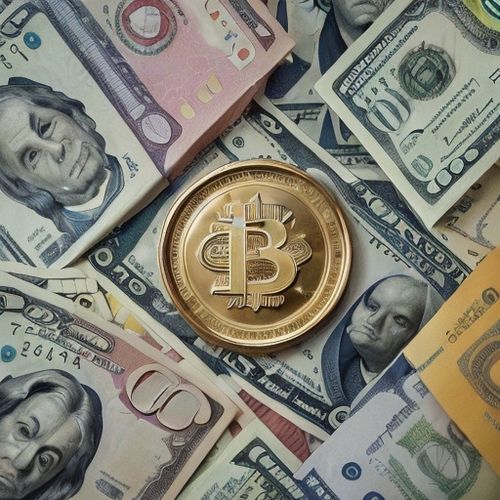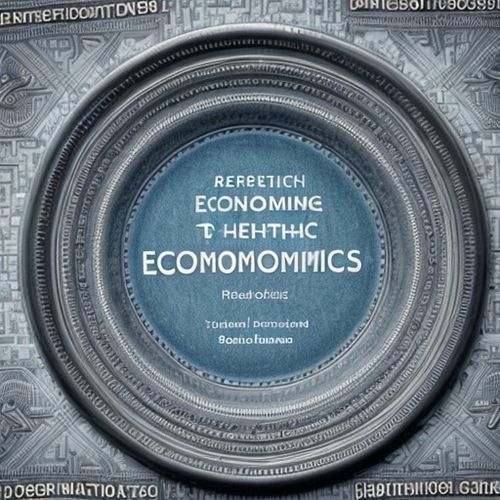The foreign exchange market is one of the most dynamic and complex financial ecosystems in the world. Exchange rates fluctuate constantly, influenced by a myriad of factors ranging from macroeconomic policies to geopolitical events. These fluctuations, while often subtle, can have profound implications for international trade, affecting everything from pricing strategies to profit margins. Understanding the root causes of exchange rate volatility and its subsequent impact on trade is crucial for businesses, policymakers, and investors alike.
Economic indicators play a pivotal role in shaping exchange rate movements. Key metrics such as inflation rates, interest rates, and GDP growth are closely monitored by traders and investors. For instance, a country with a higher inflation rate than its trading partners will generally see its currency depreciate, as the purchasing power of that currency declines. Similarly, higher interest rates tend to attract foreign capital, leading to an appreciation of the domestic currency. These shifts can either bolster or hinder a nation's trade competitiveness, depending on the direction of the movement.
Political stability and government policies are another critical driver of exchange rate fluctuations. Countries with stable governments and sound fiscal policies often enjoy stronger currencies, as they are perceived as safer investments. Conversely, nations embroiled in political turmoil or those with unpredictable policy shifts may experience currency depreciation. Trade policies, such as tariffs and quotas, can also indirectly influence exchange rates by altering the flow of goods and capital between countries. The ripple effects of these changes can be far-reaching, impacting not just trade balances but also foreign direct investment.
Market sentiment and speculation can exacerbate exchange rate volatility. Traders and investors often react to news and events in ways that amplify currency movements. For example, rumors of a central bank intervention or an unexpected economic report can trigger sharp swings in exchange rates. While these fluctuations may be short-lived, they can create significant challenges for businesses engaged in international trade. Companies that rely on imports or exports may find it difficult to plan ahead, as sudden currency shifts can erode profit margins or make products less competitive in foreign markets.
The impact of exchange rate fluctuations on trade is multifaceted. A weaker domestic currency can make a country's exports more affordable abroad, potentially boosting sales and improving the trade balance. However, it also makes imports more expensive, which can lead to higher production costs for businesses reliant on foreign raw materials. On the other hand, a stronger currency can reduce the cost of imports but may hurt exporters by making their goods more expensive in global markets. These dynamics create a delicate balancing act for policymakers, who must navigate the trade-offs between supporting domestic industries and maintaining price stability.
For multinational corporations, exchange rate volatility is a constant concern. Many firms employ hedging strategies, such as forward contracts or options, to mitigate the risks associated with currency fluctuations. While these tools can provide a measure of protection, they are not foolproof and often come with their own costs and complexities. Smaller businesses, which may lack the resources to hedge effectively, are particularly vulnerable to sudden exchange rate shifts. This disparity highlights the uneven playing field in international trade, where larger players often have more tools at their disposal to manage currency risk.
In recent years, the rise of digital currencies and blockchain technology has added a new layer of complexity to the relationship between exchange rates and trade. Cryptocurrencies, while still a niche market, have shown the potential to disrupt traditional currency systems. Some businesses have begun accepting cryptocurrencies as payment, bypassing traditional foreign exchange mechanisms altogether. While this trend is still in its infancy, it raises intriguing questions about the future of trade and currency stability in an increasingly digital world.
Ultimately, exchange rate fluctuations are an inherent feature of the global economy, reflecting the constant interplay of supply and demand for currencies. While they pose challenges for trade, they also create opportunities for those who can navigate the complexities of the foreign exchange market. Businesses that stay informed and adapt to changing conditions are better positioned to thrive in this unpredictable environment. As the global economy continues to evolve, understanding the nuances of exchange rate dynamics will remain a critical skill for anyone involved in international trade.

By Samuel Cooper/Apr 10, 2025

By Grace Cox/Apr 10, 2025

By Emily Johnson/Apr 10, 2025

By John Smith/Apr 10, 2025

By Ryan Martin/Apr 10, 2025

By Ryan Martin/Apr 10, 2025

By Joshua Howard/Apr 10, 2025

By Eric Ward/Apr 10, 2025

By Christopher Harris/Apr 10, 2025

By Sophia Lewis/Apr 10, 2025

By George Bailey/Apr 10, 2025

By Michael Brown/Apr 10, 2025

By Joshua Howard/Apr 10, 2025

By Lily Simpson/Apr 10, 2025

By Emma Thompson/Apr 10, 2025

By William Miller/Apr 10, 2025

By Samuel Cooper/Apr 10, 2025

By George Bailey/Apr 10, 2025